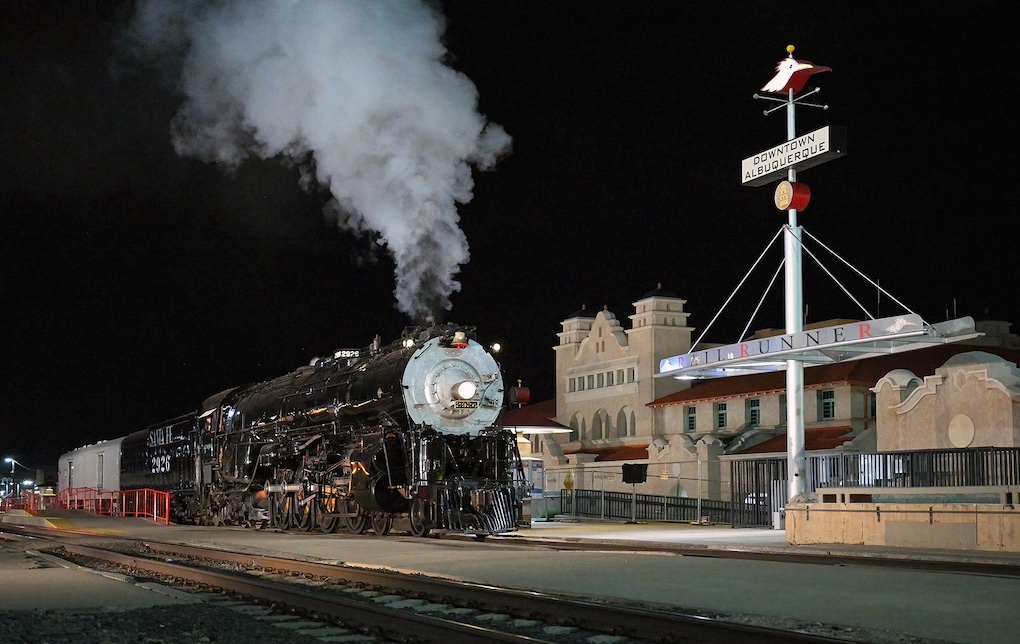
ALBUQUERQUE, N.M. — Santa Fe 4-8-4 steam locomotive No. 2926 will now be able to stack up additional mainline miles. The locomotive’s owner and operator, New Mexico Heritage Rail, announced that the New Mexico Department of Transportation approved expanded access along the Rail Runner Express commuter corridor out of Albuquerque. According to a press release, […]
Read More…
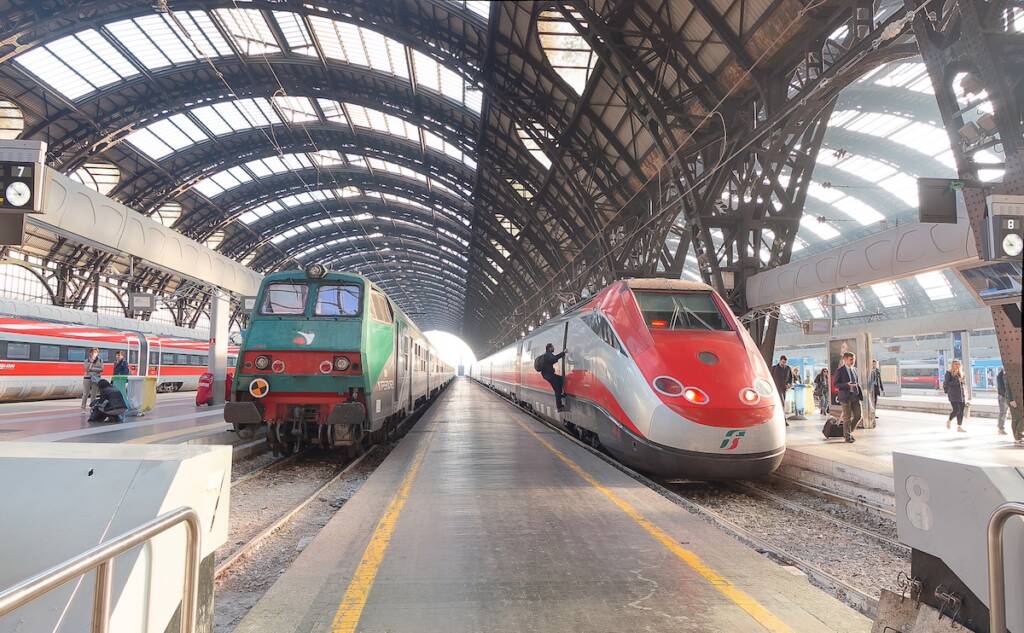
Among the delights of railroad travel is departing and arriving at great stations. I have more than a few favorite stations, so I’ll limit today’s essay to active stations served by regularly scheduled trains. This excludes favorites that are gone but not forgotten, such as Philadelphia’s magnificent Broad Street Station; station buildings that survive but […]
Read More…
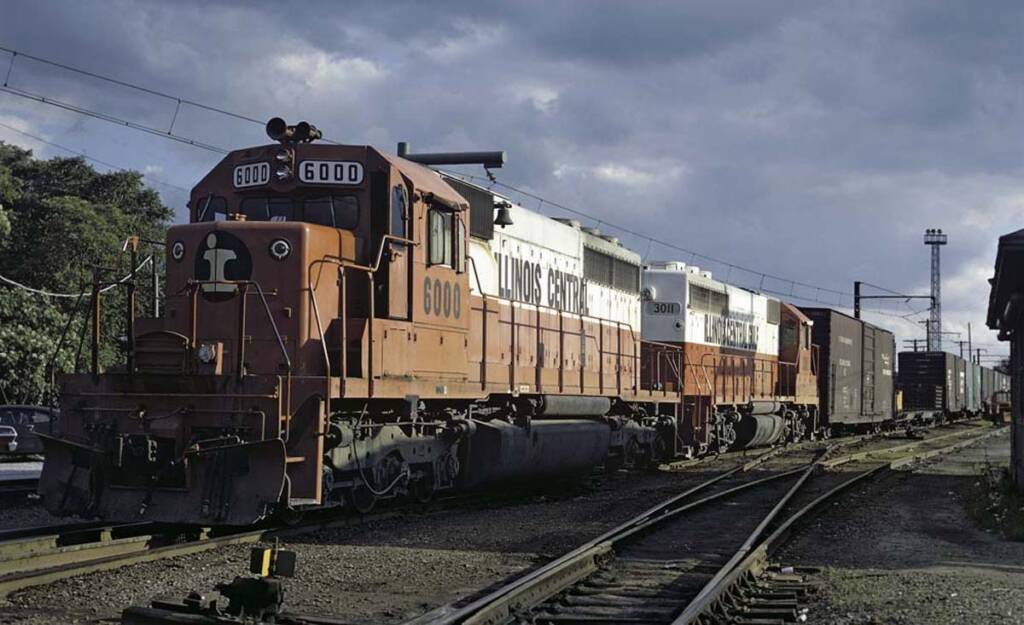
I have always had a thing for “class units,” that is, the first in a series, and “my engine” is Illinois Central SD40 6000, delivered in late 1967 in the then-new orange and white color scheme. I have a custom-painted HO scale model of it, weathered in that livery. Best of all, during my […]
Read More…

A thrilling ride on a high-steed steam locomotive is featured in this article from June 1950 Trains Magazine by then-Editor David P. Morgan. Engineer Valentine Ureda pulls up the drop seat within the door of his Hudson’s vestibuled cab, wipes it off with cotton waste, then pauses for a logical question: “Ever ride a steam […]
Read More…
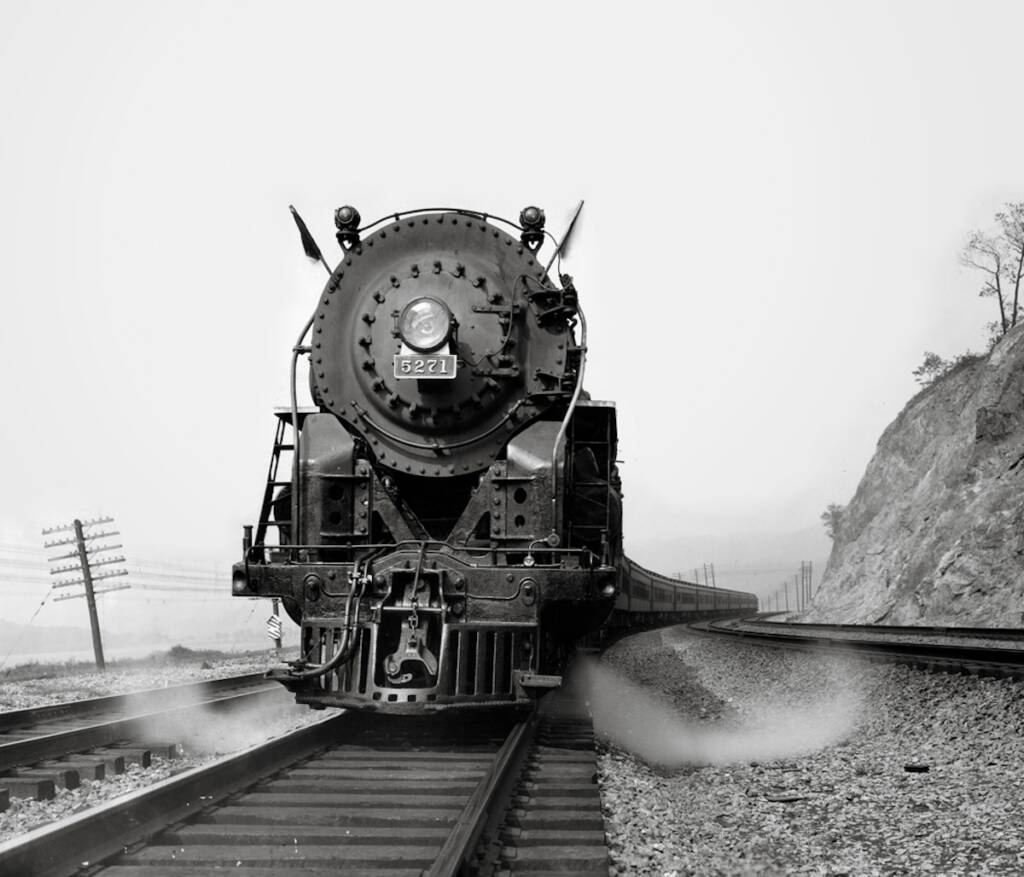
Railroading — and its echoes — remain all around us, deeply embedded in language, culture, technology, and attitudes. It is less visible today than even 50 years ago, but it is there if you take a look. Or listen, because trains have been a major part of the American cultural soundtrack. There is music about […]
Read More…
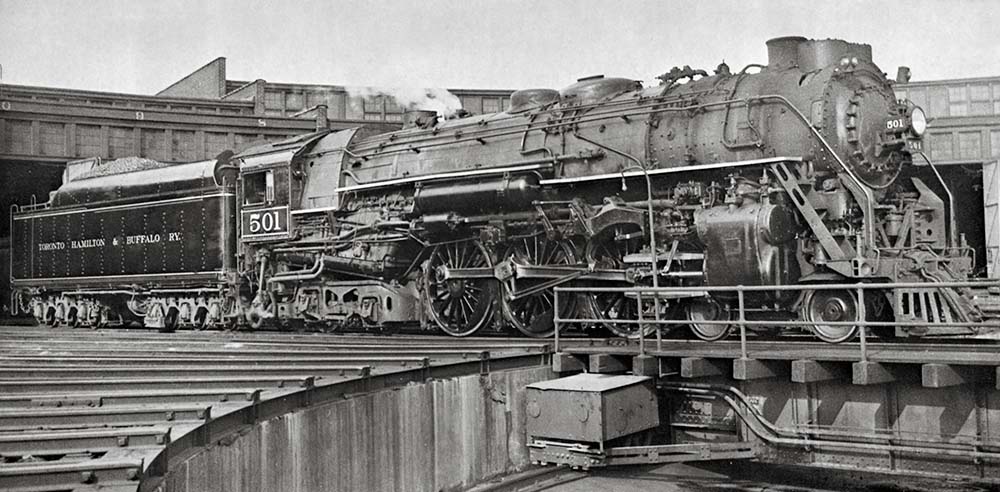
While growing up in Cleveland and Buffalo after World War II, a close encounter with a 4-6-4 Hudson-type locomotive was just a train ride away. My first memory was as a four-year-old. My family had taken the New York Central to Chicago, and as we walked forward at La Salle Street Station, I was […]
Read More…
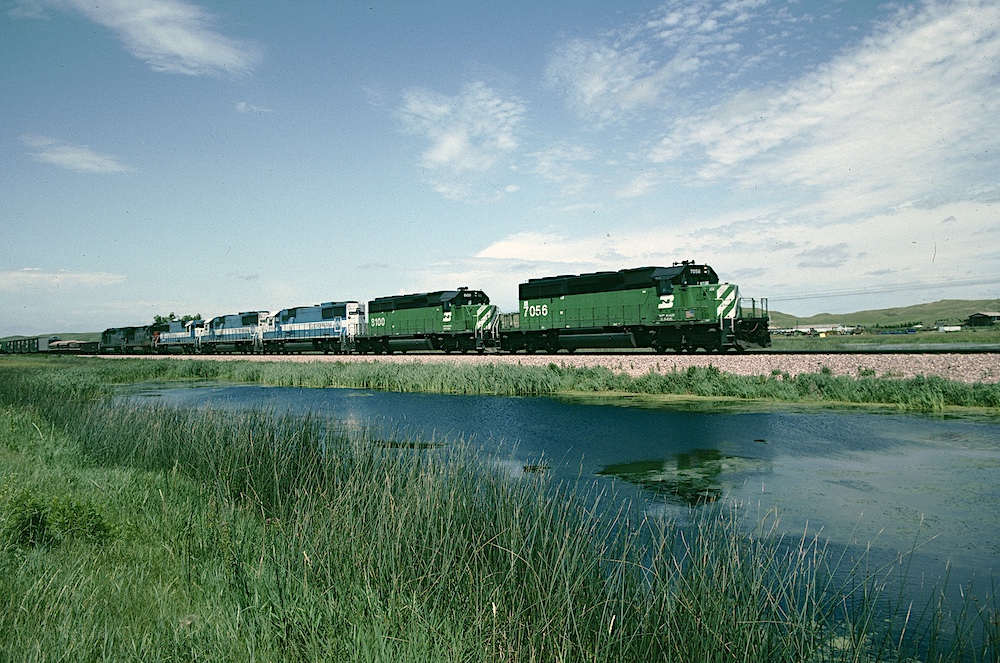
The first step in building a freight train is understanding what railroaders mean by “compliance.” A freight train is said to be “in compliance” when it’s assembled properly and is operating according to the railroad’s rules. In practice, crews need to devote as much attention to the big picture of compliance as they do to […]
Read More…
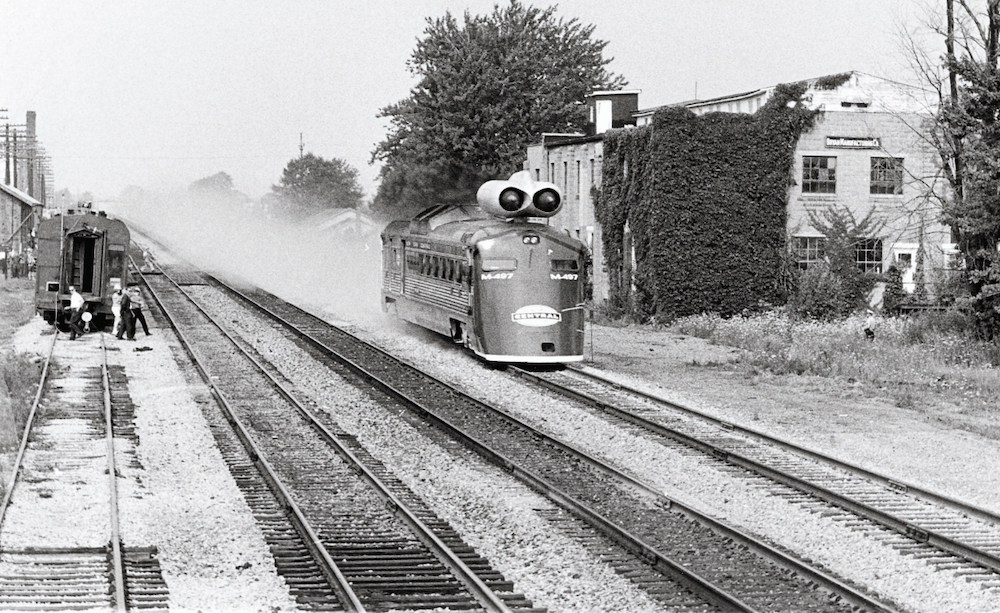
On July 23, 1966, New York Central set a new U.S. railroad speed record when jet-powered RDC M-497, dubbed the Pride of the New York Central, hit 183.85 mph on a 24-mile tangent section of 26-year-old joined rail between Butler, Ind. and Stryker, Ohio. The RDC sported cylindrical wheels in place of normal tapered-tread wheels, […]
Read More…
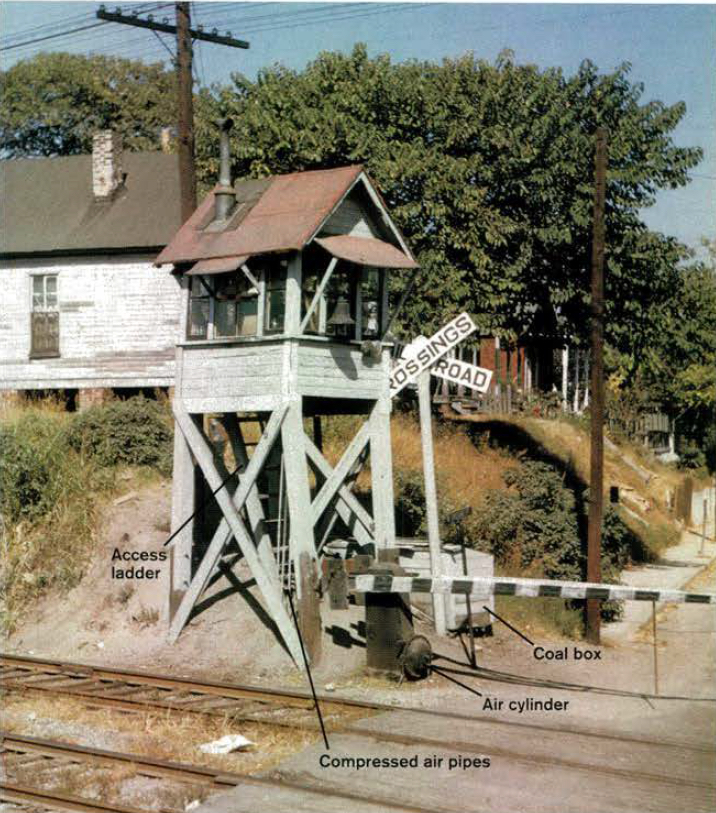
Elevated crossing gate towers were once common sights at busy road intersections. The compact and fascinating structures faded from the railroad scene during the 1940s and 1950s as automatic crossing gates became more widely used. The role of the towers was simple, yet important. Keeping watch from his lofty perch, the crossing tender warned motorists […]
Read More…
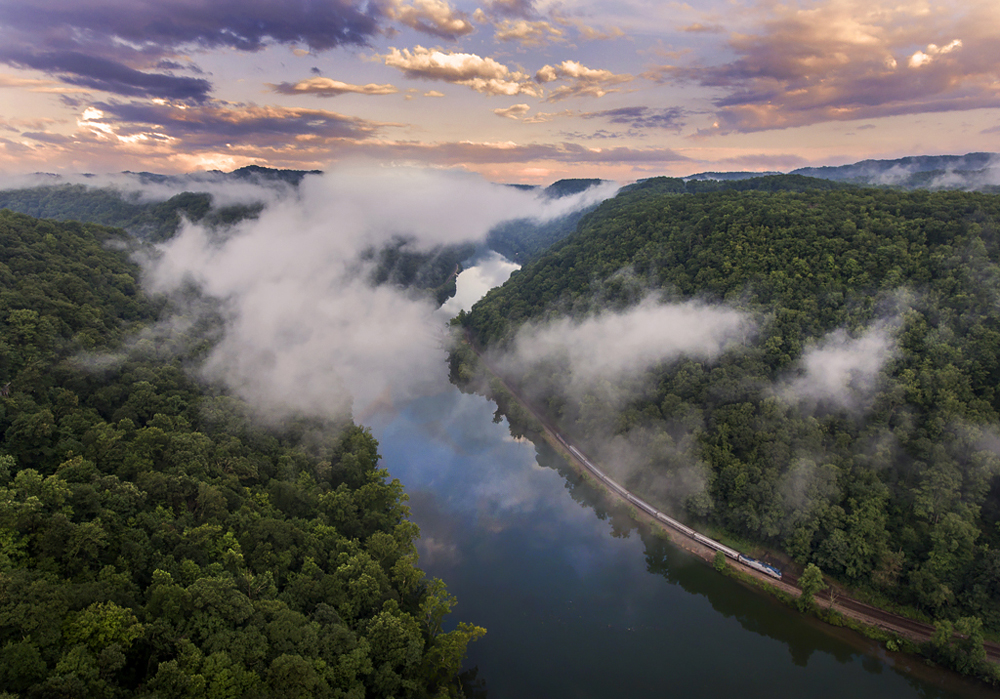
For the dedicated photographer looking for quality over quantity, finding the perfect location to capture railroading against stunning backdrops is a never-ending quest. Whether you’re a seasoned expert or just looking for a change in scenery, these 10 photogenic railfanning spots — from rugged mountains to scenic waterways and cityscapes — provide exceptional opportunities. Of […]
Read More…
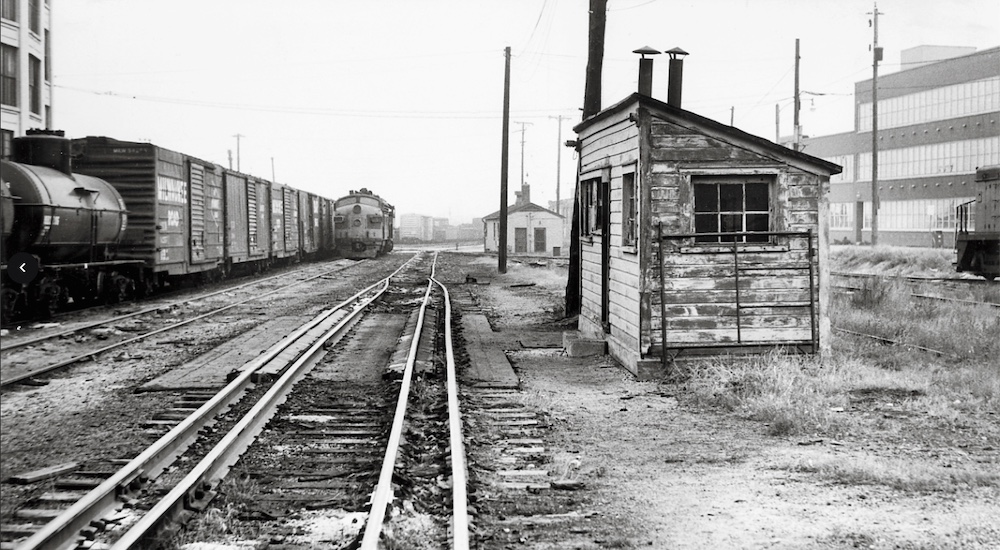
How much a railroad charges to move freight depends largely upon the weight of the cargo. Large shippers maintain in-plant track scales and weigh each car — knowing the weight simplifies the paperwork involved in billing the shipment Other shippers rely on the railroad’s own track scales, which are usually located along a through yard […]
Read More…
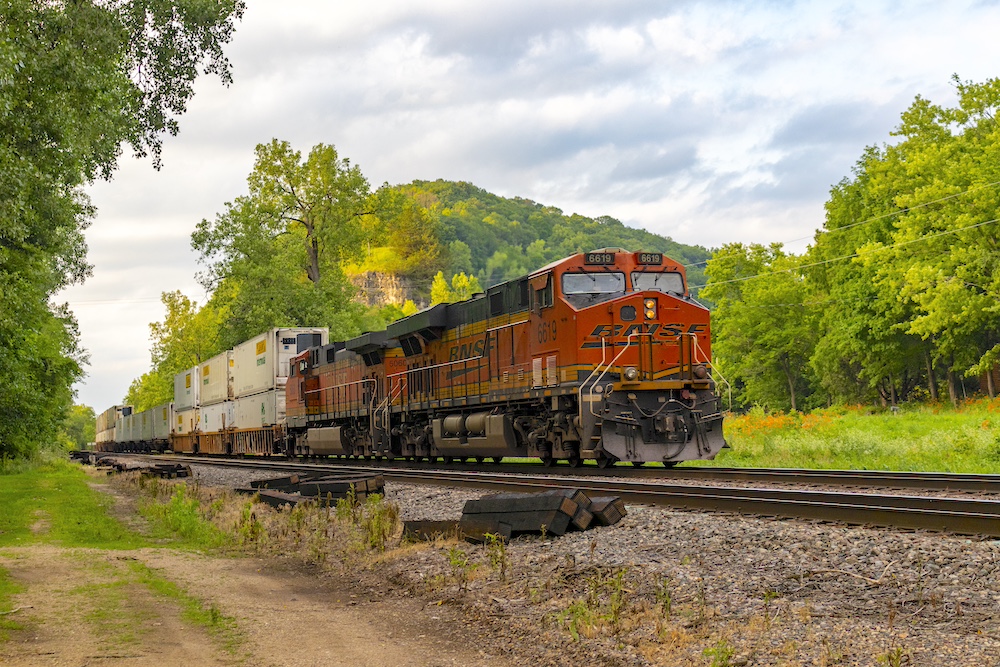
Railroads spend a lot of time worrying about clearances. One low bridge or a narrow tunnel will limit the kinds of cars able to move across that line. To sort out which cars can operate on a given line, the Association of American Railroads categorizes freight cars based on their outside dimensions. The AAR cross-section […]
Read More…












